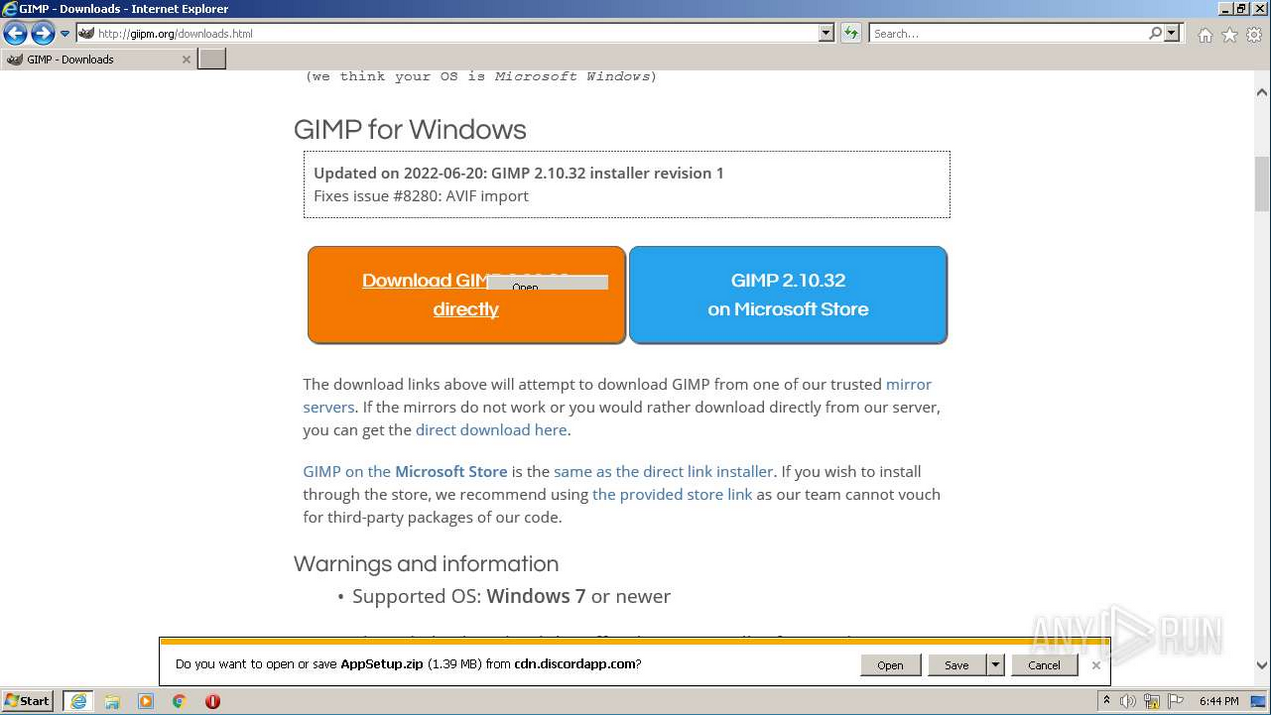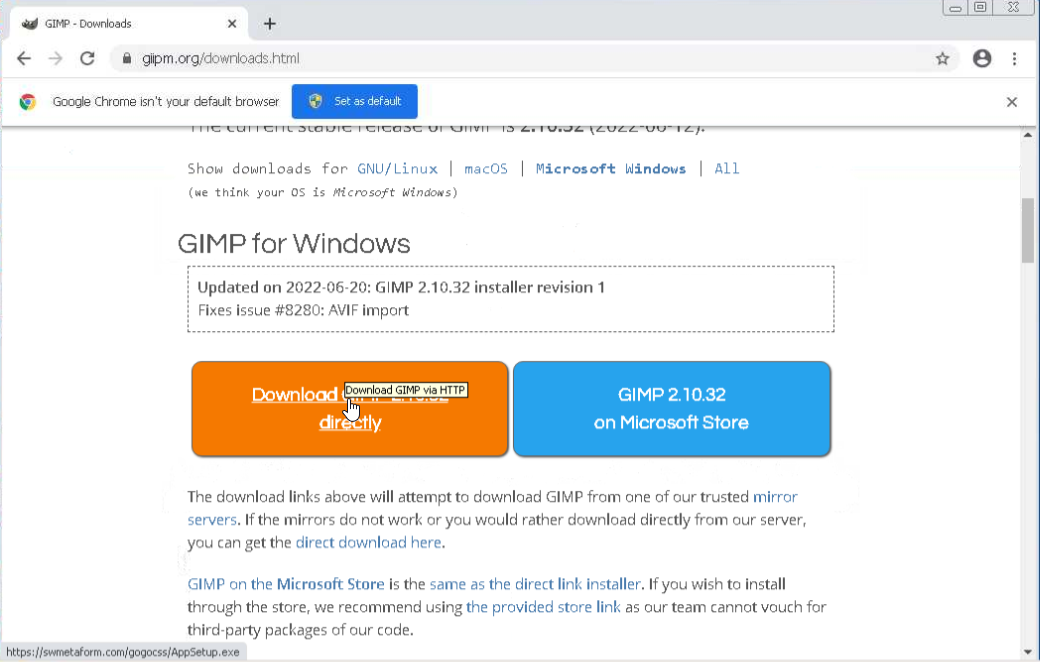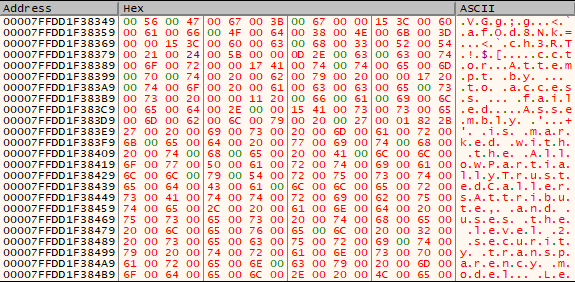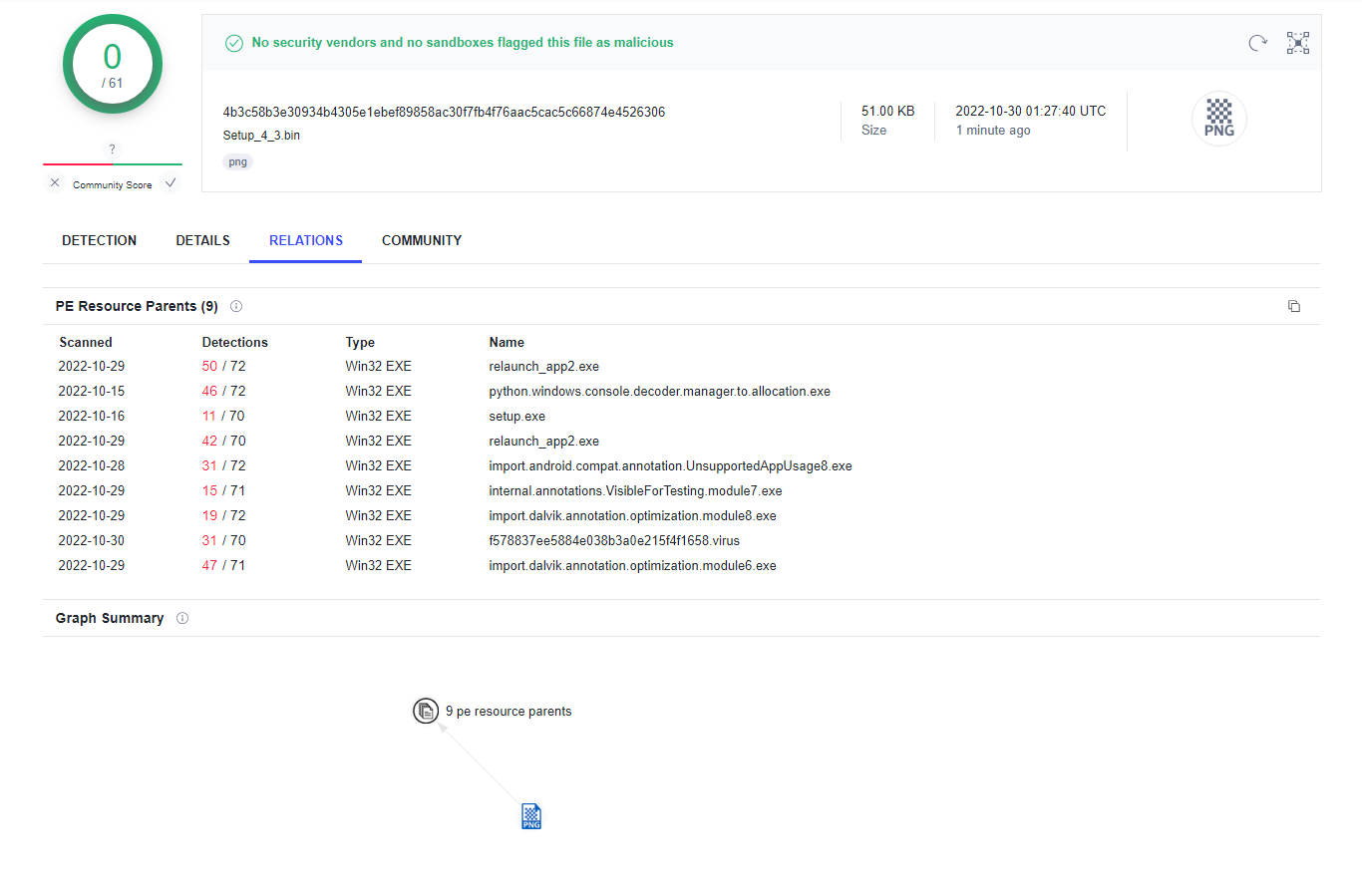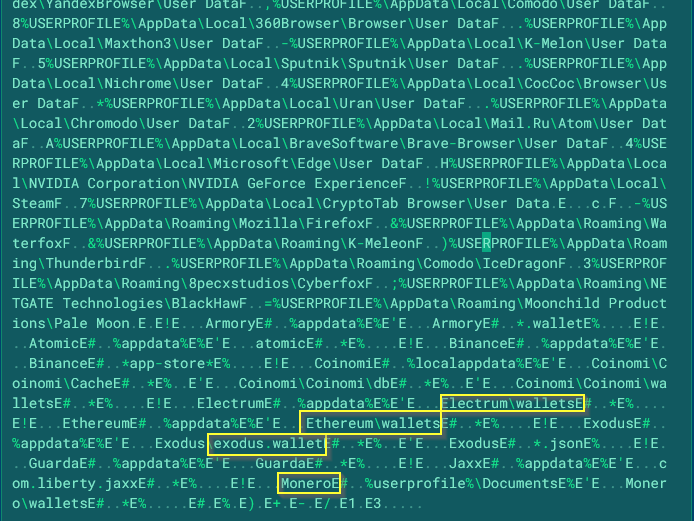Another fake ad, another fake product
Wow, there’s been a lot of malvertising recently. The last post was on a bitcoin scam and it looks like we’re continuing this trend. Some of you might remember back in 2021, there was an ad on Google pointing to a website that was hosting a fake version of lightshot. When downloaded, this installed a remote assistance tool alongside the real software that allowed an attacker to connect in and drop further malware. Well, this is obviously a great way to spread your malware as you instantly become the top result on Google, and we can see this in the latest scam taking advantage of it.
Giipm - An image editing software
Wait that’s not right. Gimps the software, so what’s Giipm?  This is called typosquatting. The name is similar to gimp.org, and you’d be forgiven for looking at this and thinking at first that the name is the same. But if you go to download this, you’re given a URL that is not at all related to Gimp. Originally, this was a discord link:
This is called typosquatting. The name is similar to gimp.org, and you’d be forgiven for looking at this and thinking at first that the name is the same. But if you go to download this, you’re given a URL that is not at all related to Gimp. Originally, this was a discord link:
But since then the site has been updated to use the following:
The TTPs
The functionality of the malware originally had it execute a powershell script to sleep 15 seconds
It would then reach out to a Russian IP and download a PNG.
This PNG, however, was not actually a PNG. It contained bytecode and upon examination, this bytecode appeared to be XOR encoded.
If this is XOR encoded, then the key was either sent with the file or it’s hardcoded into the program. Unfortunately, none of the strings from the primary setup file worked as key and there was nothing sent in the communication logs either that would work. It’s not 100% clear though if this is encoded. Pasting it into x64dbg, we can see other information.
Turning back to the dropper, putting the Setup.exe file in PEstudio we can see a number of very odd strings.
It looks like the installer uses Oracles Virtualbox installer to kick off the setup, possibly attempting to piggyback off of their trusted and signed software so the attackers don’t need to figure that out on their own. It was at this point I wanted to see if the attackers were hiding shellcode in the .ico included resources, a very common evasion technique. Unfortunately, that wasn’t the case here and the icon files were just that. But! A fun feature of Virustotal is that it shows you files that also include the file you uploaded. So we can see that the attackers have tested their payload multiple times on Virustotal.
The Updated TTPs
The malware campaign is under active development, as evident by the IPs changing, the download URL changing to something more legitimate and harder to take down than a Discord hosted EXE, and the deliverable no longer being byte code hiding in a PNG file.
Instead of downloading further malware to run, we can see that the initial dropper is only receiving instructions to look in common places for crypto wallets.
We can also glean some new information from the dropper itself. The authors were kind enough to include some debug symbols and more identifying information.
This is quite different from the original dropper which just tried to piggyback off Virtualboxes installer. This to me is further indication that the campaign is still under active development and may even have a new goal. What this new goal is, apart from being just a stealer, is not entirely clear to me and they may have detection in place to prevent the payload from running on a VM. The overarching lesson though from this is that you cannot trust Google ads and you must be vigilant about the URLs you click on.

